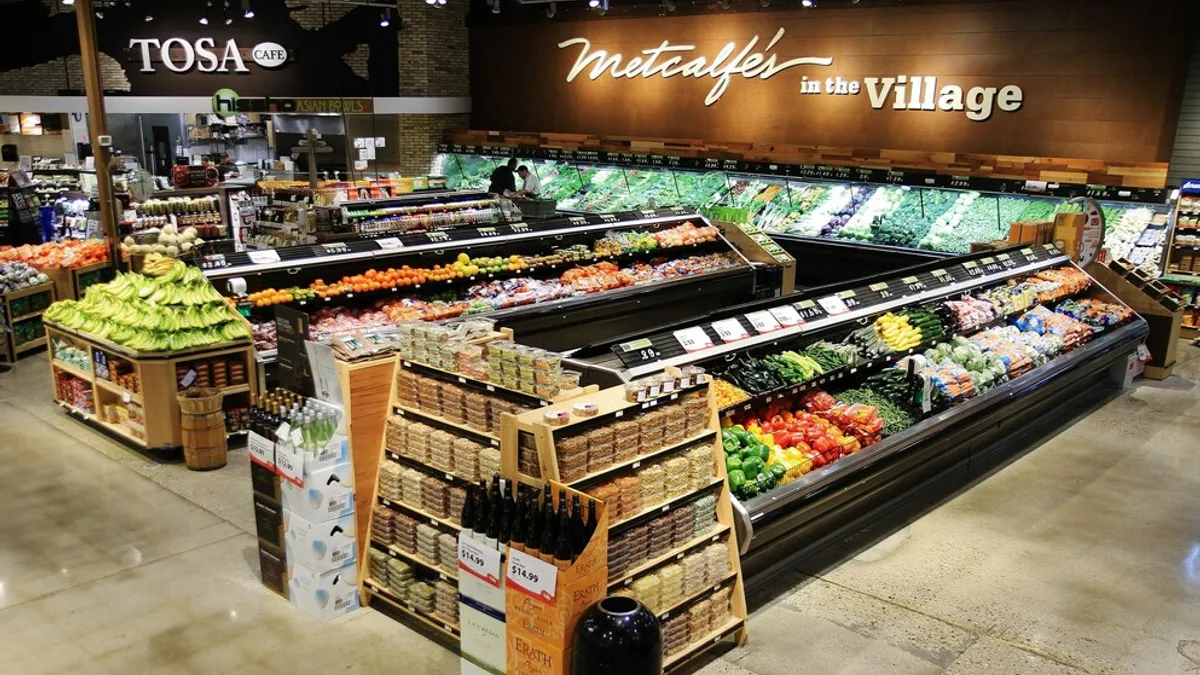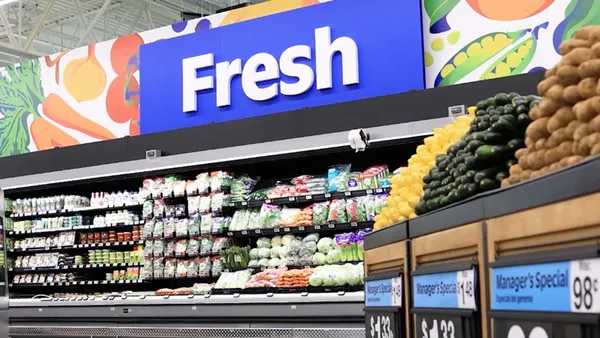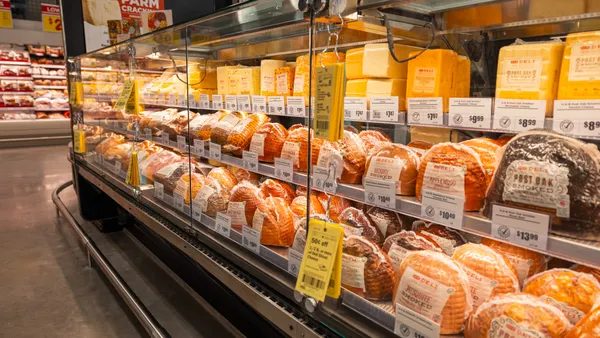While the grocery store shopping list staples of “milk, bread and eggs” might be a prepare-for-the-coming-storm cliché, it’s also rooted in reality. These days eggs have become one of the most coveted items in the store as consumers prioritize protein and clean foods. However, grocers are facing a daunting task keeping shelves full as they grapple with everything from shortages to prices that can make shoppers do a double-take, after highly pathogenic avian influenza (HPAI)—also known as bird flu—swept the supply chain.
As farmers work tirelessly to eradicate this harmful scourge and restore stability to the market, the American Egg Board has been diligently serving as a reliable voice of information, resources and support to all those who depend on a consistent, safe supply of real eggs.
”While it's been devastating to the farmers, it’s also been an incredibly challenging environment for everyone who relies on eggs, from producers to grocers, and, of course, our valued consumers,” says Nate Hedtke, Vice President of Innovation & Customer Engagement for the American Egg Board, which works with the FDA, USDA and Safe Quality Food Institute to ensure egg safety.
Consumers show unwavering demand
Despite shopper frustration—which unfortunately might occasionally be directed at grocers—demand for real eggs has continued unabated, according to Nielsen retail sales data of shell eggs in the carton, which serves as the barometer for consumer demand for eggs.
“Egg sales have been on a tear: For 23 consecutive four-week periods, retailers have sold more eggs by volume than during the same periods the previous year, with a 5% increase in volume sales in 2024,” explains Mike Hostetler, Vice President of Insights at the American Egg Board. “It seems unprecedented, but it proves that consumers are still consistently turning to eggs. These sales confirm there’s really no replacement; whether they’re eating them whole, cooking or baking, nothing else delivers what real eggs do. Consumers recognize these benefits and are sticking with them.”
An indispensable source of protein
Real eggs are prized for their taste and versatility, but today they are often most sought after for their unmatched ability to deliver protein. It’s no secret that consumers are pro-protein. In fact, according to the 2024 Food & Health Survey from the International Food Information Council (IFIC), protein is the top nutrient participants were aiming to consume, cited by 71% of respondents.
Eggs are considered a very natural source of protein, Hostetler points out. “Consumers may be wary of food options that are overprocessed or where they do not know the source of ingredients. There’s nothing simpler than an egg: What you see is what you get.”
And what you get is extremely appealing. Eggs provide 6 grams (12% of the daily value) of high-quality protein and deliver all nine essential amino acids, as compared with egg substitutes, which vary widely in protein type, amount, and quality. They also provide a host of other nutrients that support lifelong health for the brain and body: choline, vitamins A and B, and carotenoids like lutein and zeaxanthin. And they are naturally low in sodium, another current health imperative.
Yet while consumers are steadfast in their desire for protein, it also has to taste good and deliver on the eating experience. Here, again, eggs prevail, whether enjoyed on their own cooked to the person’s specific tastes or as an ingredient in a flavorful dish.
“Consumers simply don’t see any viable alternative to replace eggs in a one-for-one swap,” says Hostetler, adding that eggs are also very affordable on a on a pound-for-pound basis.
Communicating through the fray
Of course, this popularity can cause headaches for grocers as shoppers seek their egg fix. That’s where communication is key to help patrons understand the reasons behind the fluctuating supply and price and that safety continues to be paramount. While farmers are working to rebuild the egg supply, it requires a sustained period of time to repopulate the farm, even once it has been deemed safe.
Although there has been some relief in the short term, unknowns remain, Hedtke says. “Our toolkit for grocery chains includes materials they can share with their shoppers, both in-store and online, to reassure and educate them. We want them to understand why the flow can’t be immediately reinstated and the safeguards that are in place.”
Those assets include social media copy, visuals, and in-store signage related to egg supply, price, purchase limits—and egg safety, above all—which include QR codes shoppers can scan to find out more.
In addition to existing resources, Hedtke says the American Egg Board is prepared to work with individual chains as needed to customize materials and proactively answer any questions they have.
“We have one message for any manufacturer working with eggs: We are here to help, and we want to be part of the conversation,” says Hedtke. To access a library of resources developed specifically for grocers, visit the American Egg Board’s retailer-focused landing page today.
Reference:
1 Nielsen NIQ Total US xAOC + Conv CYTD Week ending 12/28/2024










